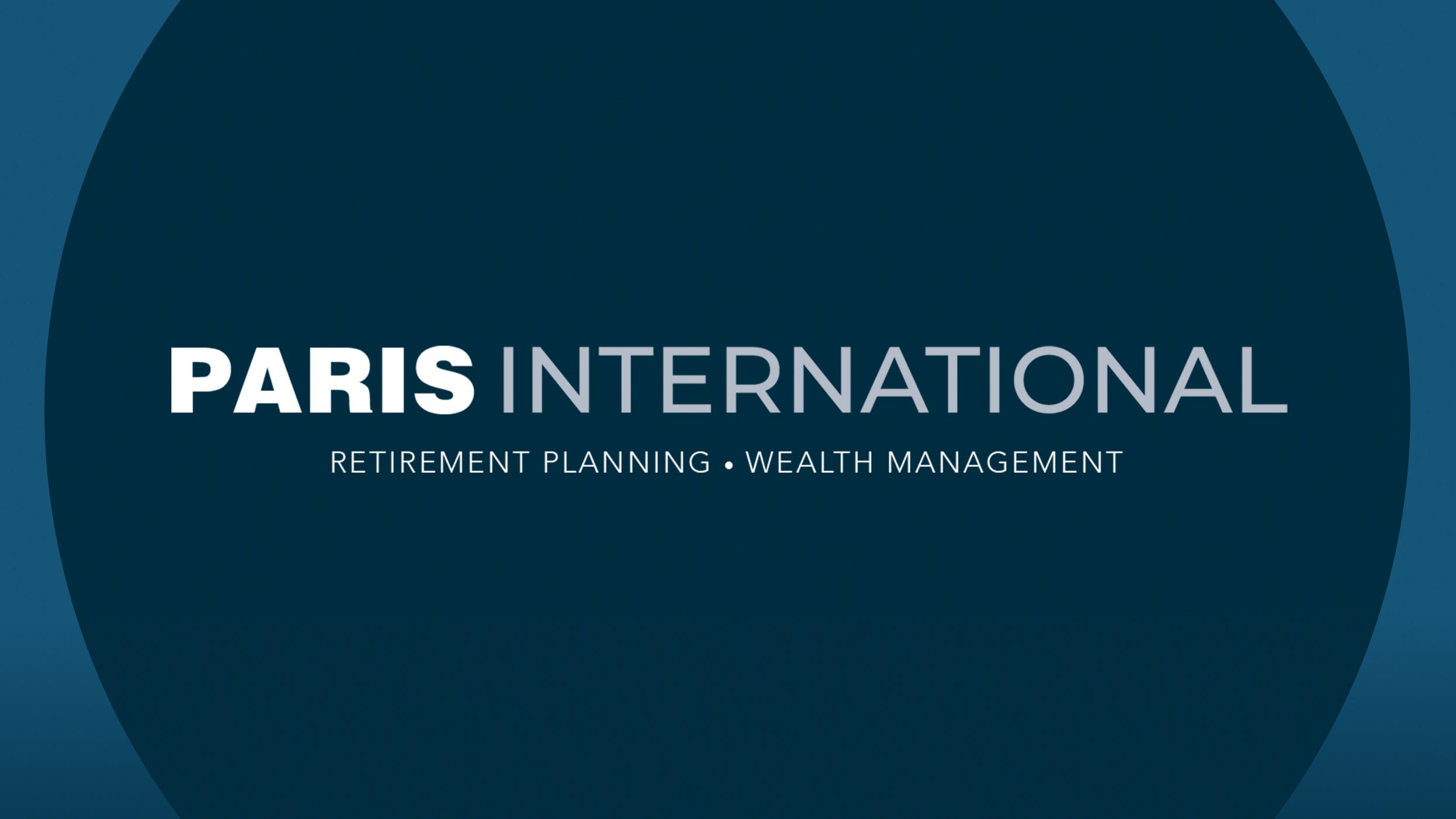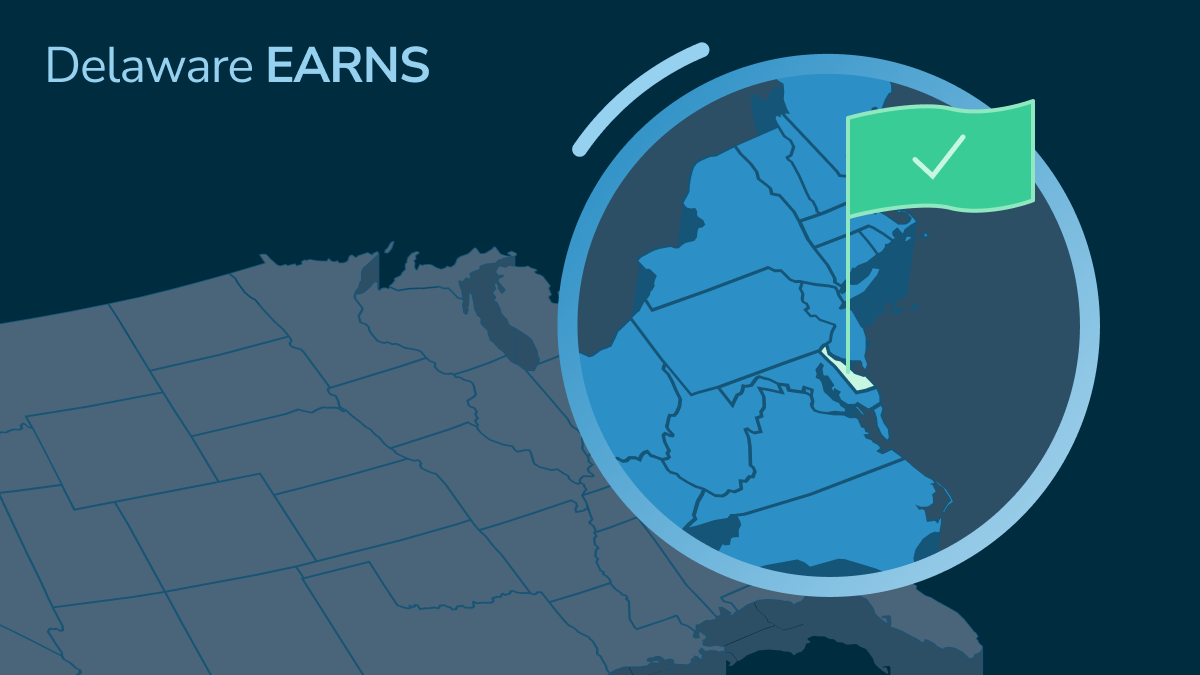Saving For Retirement Is Important: What Happens Next?

Saving For Retirement Is Important: What Happens Next?
A 401(k) plan has long been considered the entryway to investing for retirement. Over time, hard-earned money has been saved, compounded, and grown. But what happens when savers are nearing retirement age and it’s time to take the money out?
At that point, doing the right thing for their nest egg is more crucial than ever. Unfortunately, for those savers who are approaching retirement, there’s no clear-cut “soft landing” for their 401(k) investments. The accumulation phase—the long road of disciplined savings—now seems like a walk in the park compared to new worries about turning those savings into income during retirement.
Wanted: A Post-401(k) Retirement Strategy
The marketplace needs better strategies and workplace systems when it comes to post-401(k) money management options. Unfortunately, many employers don’t have the tools or incentive to assist their employees with “nearing-retirement” stage strategies. For those businesses who do understand the need to help employees at this stage, they may feel handcuffed as there are no clear-cut fiduciary safe harbor protections, similar to the kind offered during accumulation, to incentivize employers to start rethinking this near-retirement conundrum. Therefore, employers generally offer little, if any, help when it comes to managing balances around retirement time.
Introducing the Managed Outcome Plan
A “managed outcome” plan is one solution that could provide a sufficient lead-up to garnering income in one’s retirement years. Like managed investments such as Target Date Funds (TDFs) geared towards savings, a managed outcome plan option for those nearing or entering retirement could meet criteria based on a person’s age, years in retirement, and desired lifestyle. Managed outcome plans seek to achieve specific objectives, such as target returns, risk mitigation, protection of asset values while nearing retirement, and guaranteed levels of income while in retirement, with the ability to customize by individual savers designed to meet their own needs.
Worthy Mention: The “Negative” Enrollment Option
Another possible solution could be to offer a “reverse” enrollment option for those nearing retirement. Under this option, some percentage of current funds and future contributions would be automatically invested in managed outcome plans geared towards protecting the accumulation that has been built while still offering the potential upside of market participation and the benefits this can provide to avoid a sequence of returns risk. This is the risk of sustaining a fixed standard of retirement income if the investment portfolio experiences large negative returns near retirement. And, plans could be tailored to include an auto-enroll function rather than wait on the saver to choose. Analysis Paralysis shows that when presented with a confusing option versus doing nothing at all, most will often do nothing; this behavior could jeopardize a saver’s retirement savings and future income.
Employers Can Get Onboard
One overriding solution is to provide employers with a level of fiduciary protection in providing these solutions. For example, fiduciary relief could be extended to employers if they offer auto-enrollment systems like the ones we find in the accumulation phase. Employees could elect for plan managers to oversee a certain percentage of their 401(k) balances via a managed outcome solution; businesses may like this option, too, as it absolves them of certain fiduciary obligations. Employer protection, in addition to saver guidance, would focus on employees’ options based on their time until retirement and could help them make better choices when it comes to spending and earning during those years.
Congress Can Get Involved, Too
These solutions won’t be mandatory unless retirement plan providers, employers, record keepers, and investors demand better choices and opportunities to manage their 401(k) funds in retirement. And what better way to enforce the solutions available to most investors than by making it law? Back in 1978, Congress passed the Revenue Act, which created the ability for employees to avoid being taxed on deferred compensation. Since then, Congress also passed the Pension Protection Act in 2006 to ensure that employees receive their full pension payouts. Now, it’s time for Congress to enact rules that can assist individuals as they transition their 401(k) assets into retirement.
What's Next
According to AARP, from now until 2030, an estimated 10,000 baby boomers will reach retirement age every day—that’s seven baby boomers hitting age 65 per minute. They must be prepared to make the critical transition from accumulating assets to withdrawing them. And those withdrawn funds may need to last for ten, 20, or even 30 or more years. As a result, our industry—including investment companies, insurance companies, financial professionals, employers, and regulators—must help create more sound withdrawal strategies to match our retirement strategies. Managed outcome plans and negative enrollment options can be simple, practical ways to help savers manage withdrawals and prepare for their lives beyond retirement.
This content is for general educational purposes only. It is not, however, intended to provide fiduciary, tax or legal advice and cannot be used to avoid tax penalties or to promote, market, or recommend any tax plan or arrangement. Please note that Allianz Life Insurance Company of North America, its affiliated companies, and their representatives and employees do not give fiduciary, tax or legal advice. Clients are encouraged to consult their tax advisor or attorney.
Guarantees are backed by the financial strength and claims-paying ability of the issuing company.
Investments will fluctuate and when redeemed may be worth more or less than originally invested.








